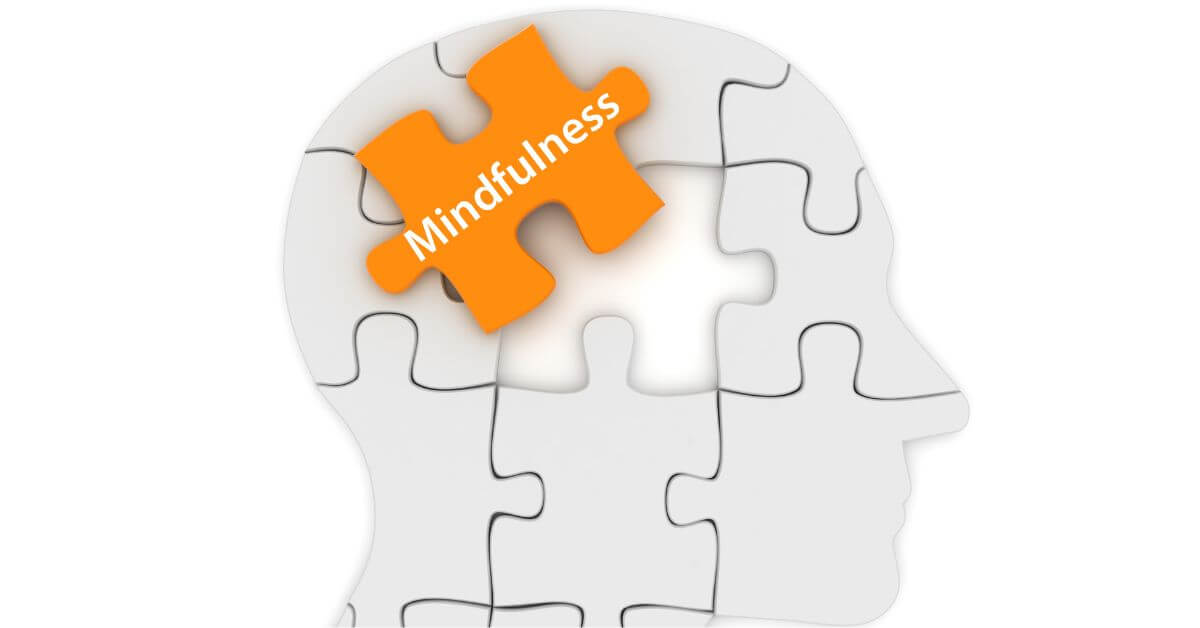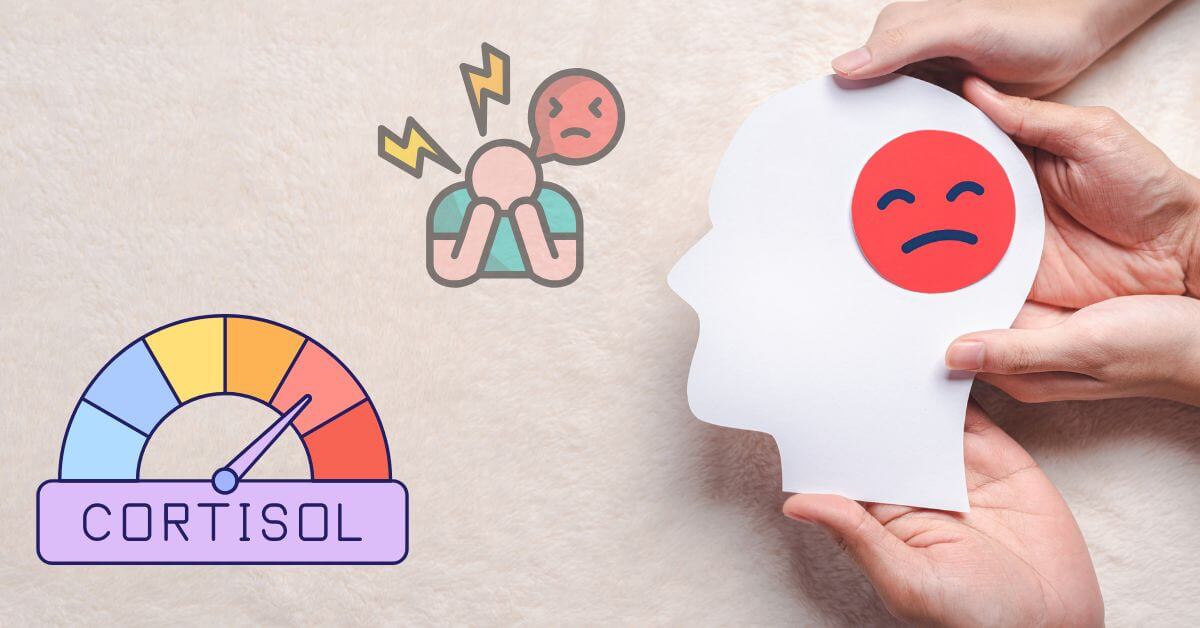Chronic Traumatic Encephalopathy, commonly known as CTE, is a progressive and fatal brain disease associated with repetitive head injuries. It’s been most widely publicized through stories involving professional athletes, especially football players, boxers, and hockey players. However, CTE isn’t limited to sports alone. Military veterans and people involved in accidents or abuse where repeated head trauma occurs are also at risk.
CTE is caused by the accumulation of a protein called tau in the brain. This buildup interferes with brain function, slowly killing brain cells over time. The problem is it often doesn’t appear until years, sometimes decades, after the trauma has stopped. That’s why recognizing the early signs is critical for timely support and care.
Why Recognizing Early Signs Matters
Unlike a visible injury, CTE doesn’t show itself right away. The early symptoms are often misinterpreted as mood swings, stress, or even aging. This delay in diagnosis can lead to severe consequences, not just for the person suffering, but for their families and communities.
Early recognition provides a window of opportunity for treatment. Although CTE can’t currently be cured or officially diagnosed while someone is alive (it’s confirmed post-mortem), catching the signs early can help in managing symptoms and improving quality of life.
1. Memory Loss That Feels “Off”
Memory problems are one of the earliest indications of CTE. We all forget things occasionally, like where we put our keys or someone’s birthday. But in CTE, memory loss becomes more persistent and affects everyday life.
People may:
- Struggle to remember names or faces.
- Repeatedly ask the same question, not realizing it.
- Forget important appointments or conversations shortly after they happen.
This type of memory loss feels different from the natural aging process. It’s frustrating for both the person experiencing it and those around them.
2. Unexplained Mood Swings and Emotional Instability
CTE has an impact on the brain’s emotional regulation centers. As a result, sufferers may begin to show emotional volatility that seems sudden or out of character. This can include:
- Irritability: Reacting to little problems with hate or annoyance.
- Depression: A persistent feeling of sadness or hopelessness.
- Anxiety: Restlessness or constant worry without a clear reason.
- Apathy: A loss of interest in hobbies, relationships, or work.
This emotional instability can strain relationships and make it difficult to maintain a stable life. Friends and family often notice something’s not quite right, even if the person doesn’t.
3. Difficulty with Decision-Making and Problem-Solving
Another early red flag is cognitive dysfunction. This often presents as trouble with focus, planning, and making decisions. People might:
- Struggle to manage finances or schedules.
- Make poor choices they wouldn’t have made in the past.
- Have trouble completing tasks or following through on plans.
It’s not just being “distracted,” this is about executive function, which is controlled by the frontal lobe. Repetitive brain trauma can damage this area, making logical thinking and judgment harder than they used to be.
4. Impulsive or Risky Behavior
CTE can trigger changes in behavior and personality. A calm, collected person may become aggressive or careless. Examples include:
- Engaging in risky activities like speeding or gambling.
- Misbehaving in social situations.
- Sudden changes in sexual behavior or substance use.
These behaviors can be alarming to loved ones and may lead to legal trouble, job loss, or relationship breakdowns. Many who experience this don’t understand why they’re acting differently, which adds to the confusion and frustration.
5. Increased Aggression and Violence
Sadly, one of the more dangerous signs of early CTE is increased aggression. This may start subtly and worsen over time:
- Picking fights over minor disagreements.
- Road rage or confrontations with strangers.
- Verbal or physical outbursts at home.
These episodes are often followed by guilt, but the damage is already done. For families and communities, this shift can be traumatic and even dangerous. It’s one of the reasons CTE has been connected to tragic incidents in professional sports and military circles.
6. Sleep Disturbances and Chronic Fatigue
Sleep problems are another early, yet frequently overlooked, symptom of CTE. The brain trauma associated with the condition disrupts the body’s natural sleep-wake cycle, leading to:
- Insomnia – Difficulty falling or staying asleep.
- Hypersomnia – Excessive daytime sleepiness.
- Frequent nightmares or restless sleep.
- Irregular sleep patterns – Some people report staying awake for days, followed by long periods of sleep.
Chronic fatigue often accompanies these issues. Even if someone does sleep, they may still feel exhausted, unmotivated, or mentally drained during the day. Over time, this can amplify other symptoms such as irritability and memory loss, creating a vicious cycle that severely impacts daily functioning.
7. Lack of Concentration and Mental Fog
People in the early stages of CTE often describe a persistent feeling of “mental fog”, that dull, hazy, hard-to-pin-down sense that something in the brain just isn’t firing right. This can lead to:
- Trouble concentrating on tasks or conversations.
- Getting easily distracted, especially in noisy or complex environments.
- Difficulty following instructions or organizing thoughts.
- A general feeling of mental fatigue, even after rest.
This mental fog makes tasks that used to be second nature, like cooking, driving, or working, feel frustrating and overwhelming. It’s often one of the first things people notice, especially if they were once highly organized or intellectually sharp.
8. Changes in Vision or Hearing
While not as commonly discussed, sensory changes are an early indicator in some individuals. This could include:
- Tinnitus (ringing in the ears).
- Blurred or double vision.
- Increased sensitivity to light or sound.
- Difficulty tracking objects visually.
These symptoms may be related to changes in the brain’s processing centers or a result of prior concussions affecting nerves and sensory organs. Unfortunately, they are often misattributed to aging or eye strain, delaying proper evaluation.
9. Speech and Language Difficulties
CTE can affect parts of the brain responsible for communication, leading to subtle changes in speech and language. Examples of early problems include:
- Struggling to find the right word (word-finding difficulty).
- Speaking slower or more hesitantly than usual.
- Forgetting how to express complex ideas clearly.
- Frequent repetition or losing track of conversation topics.
These issues can be incredibly frustrating, especially for people who are used to being articulate or expressive. They can lead to social withdrawal due to discomfiture or a sense of not being understood.
10. Loss of Motor Skills and Coordination
Though more common in later stages, early CTE may also manifest physically. Some people begin to notice:
- Poor hand-eye coordination.
- Stumbling, tripping, or feeling off balance.
- Shaky hands or unsteady movement.
- Slowed reflexes or reaction time.
These symptoms reflect damage to the parts of the brain responsible for movement control. They can start mild, but over time, they may resemble Parkinson’s disease or other neurodegenerative disorders. It’s often these physical signs that finally lead people to seek medical help.
This pattern is dangerous because it not only masks the symptoms but can worsen the disease’s progression. Moreover, it increases the risk of accidents, overdoses, and further head trauma, especially if the person becomes impaired or aggressive while under the influence.
If someone you love shows these signs, especially if they have a history of head trauma, it is critical to take them to.
Conclusion: Don’t Dismiss the Warning Signs
Chronic Traumatic Encephalopathy is a silent, often misunderstood disease—but it is real, and its early signs should never be ignored. While the condition cannot yet be definitively diagnosed until after death, recognizing and responding to symptoms early can make a significant difference in managing the disease and preserving the quality of life.
If you or someone you know has experienced repeated head trauma—whether from sports, military service, abuse, or accidents—pay close attention to the signs. Don’t chalk them up to aging, stress, or personality changes. Seek help. Talk to a neurologist, a mental health professional, or a trusted doctor.
Your brain is your most powerful tool—protect it.
FAQs About Early Signs of CTE
1. Can CTE be discovered while someone is alive?
Currently, CTE can only be definitively found after death through brain tissue analysis. However, doctors can recognize patterns of symptoms and rule out other conditions.
2. How many concussions does it take to develop CTE?
There’s no exact number. Even mild but repeated head impacts—without diagnosed concussions—can contribute to CTE. It’s about cumulative trauma, not just big hits.
3. Is CTE only found in athletes?
No. Military veterans, abuse survivors, and anyone with a history of repeated head trauma can develop CTE. Athletes are just more publicly studied.
4. What should I do if I suspect someone has early CTE?
Encourage them to seek medical attention from a neurologist or a specialist in brain injuries. Early intervention, therapy, and lifestyle changes can help manage symptoms.
5. Can CTE be prevented?
While there’s no guaranteed prevention, reducing head trauma exposure—especially repetitive hits—is the most effective step. Using proper protective gear and following return-to-play protocols in sports is crucial.






